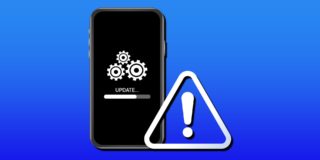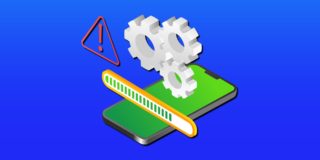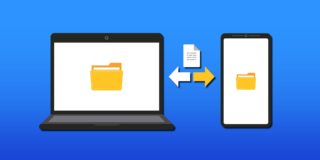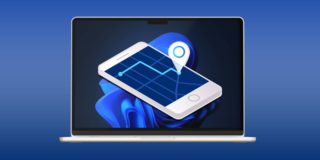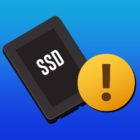Use Instant Hotspot to Check Your iPhone Signal and Battery
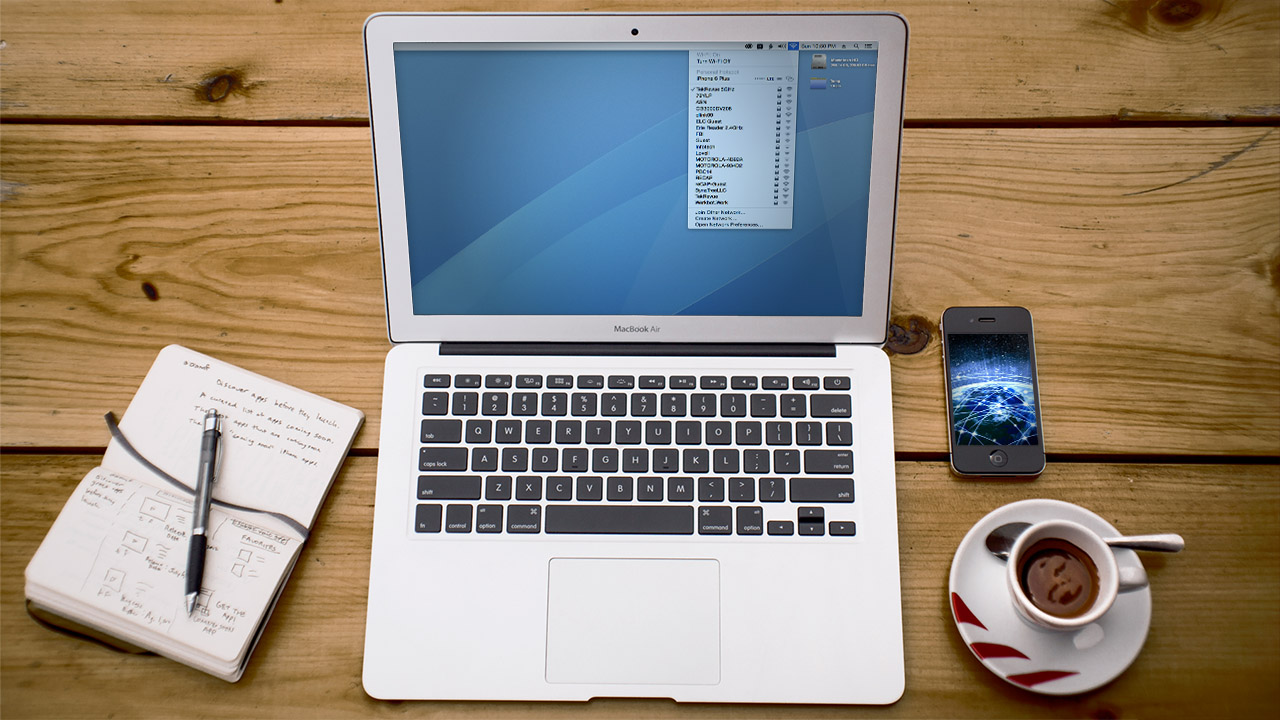
With new Handoff and Continuity features in OS X Yosemite and iOS 8, Apple has merged the functionality and user experience of its desktop and mobile devices to a greater extent than ever before. As explained by Apple SVP Craig Federighi during WWDC 2014, a major benefit of this initiative is that users can access some of the key functionality of one Apple device from another device without having to physically touch the first device. For example, your iPhone is in your bag on the other side of the room, but you can receive and make cellular phone calls from your Mac without having to get up and go retrieve the iPhone.
Continuity enables higher profile activities like the aforementioned phone calls, SMS messaging, and Instant Hotspot network connectivity, but there’s also a neat little feature that’s gone mostly unnoticed: iPhone signal and battery status.
iPhone users have long been able to set up a personal hotspot — a feature that enables a mobile phone’s cellular Internet connection to be shared to other devices via Wi-Fi or Bluetooth — and “tether” the phone to their Macs. New in OS X Yosemite and iOS 8, however, is “Instant Hotspot,” which lets users activate this shared connection with zero configuration. As long as the same iCloud account is authenticated on a compatible iPhone and Mac, a user can get Internet connectivity via their iPhone with a quick selection in the OS X Wi-Fi menu.
But instead of just making this process easier, Apple also now reports a user’s current iPhone signal strength and battery life in OS X. With Instant Hotspot enabled on your iPhone, head to your Mac and click the Wi-Fi icon in the menu bar.
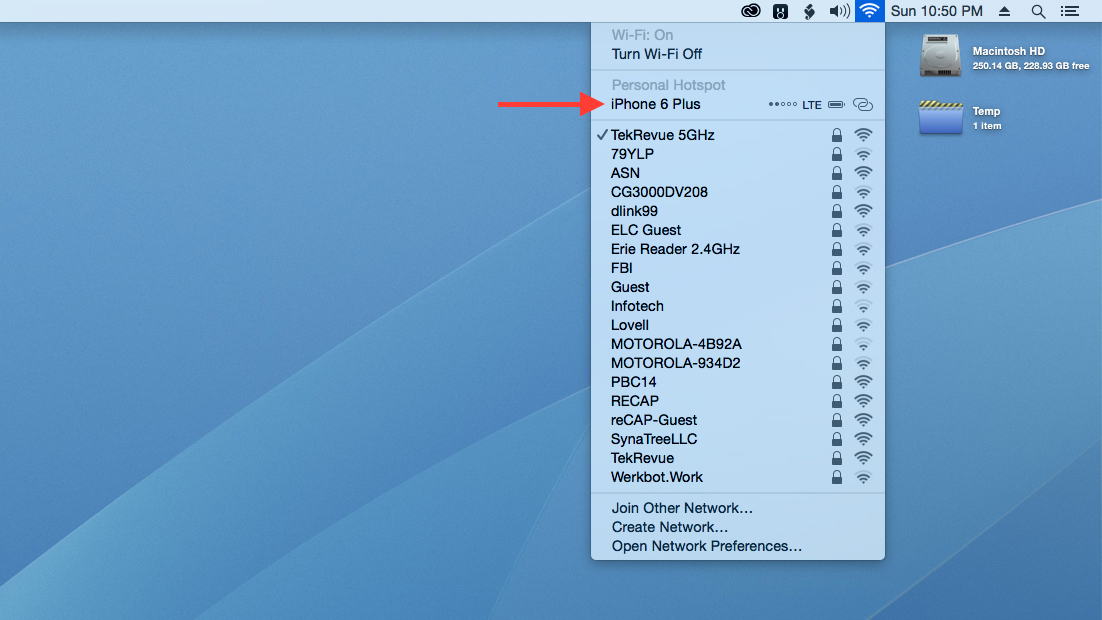
With iOS 8 and OS X Yosemite, you can see your iPhone signal strength and battery life right in the Wi-Fi menu.
Prior to Yosemite, your iPhone would appear as just another Wi-Fi network option in the list, albeit with a unique icon to denote its special status as a shared device. Now, however, your iPhone is listed in its own section at the top of the list, under “ Hotspot,” and you’re shown some key information: a signal strength indicator and battery life meter.
This is a relatively minor feature, to be sure, but it lets users keep tabs on their iPhone status without having to go find and pick it up. Returning to Craig Federighi’s example from WWDC, a student working in the school library with their iPhone buried deep in their bag can now know when it’s time to head home and charge their phone. From another angle, those looking to make cellular phone calls from their Mac can quickly check to ensure that the cellular signal strength is adequate before placing the call. Best of all, these status indicators are always available as long as your iPhone is in proximity to your Mac, even if you’re not using the Instant Hotspot feature.
If you’re having trouble setting up features like Instant Hotspot, note that Continuity has some base system requirements. In addition to using OS X Yosemite and iOS 8, you’ll need an iPhone 4S or later, support for personal hotspot functionality from your mobile carrier, and one of the following Macs:
- MacBook Air (Mid 2012 and later)
- MacBook Pro (Mid 2012 and later)
- iMac (Late 2012 and later)
- Mac mini (Late 2012 and later)
- Mac Pro (Late 2013)
This is a fairly restrictive list, so it will be a while before the majority of Apple customers can take advantage of all that these new features have to offer.




